Dry Ice Blasting - grit free blast cleaning
Sand Jet Cleaning
Our speciality is using a low pressure sand jetting system that has been used nationwide for various cleaning tasks. The system, in our trained hands, causes minimal damage to an underlying surface and is flexible enough to tackle most property restoration cleaning tasks. The low pressure sand jet can clean surfaces without injecting large quantities of water into the surface, and with minimal surface damage, at the same time, the 'wet' system also captures dirt and abrasive, preventing the health and safety risks associated with dry blasting.
Dry Ice
However, there are times when alternative methods are called for, one of which is Dry Ice blasting. Here a surface to be cleaned is blasted with solid CO2 particles, and the surface is cleaned through thermal shock, the massive volume change as dry ice particles turn into gas, and some abrasion of the surface contaminant, making the process 'grit or sand free'. A video of the process (cleaning soot from stone) is available dry ice cleaning of stone, and a data-sheet of property cleaning with dry ice property cleaning with dry ice and metal cleaning industrial cleaning with dry ice
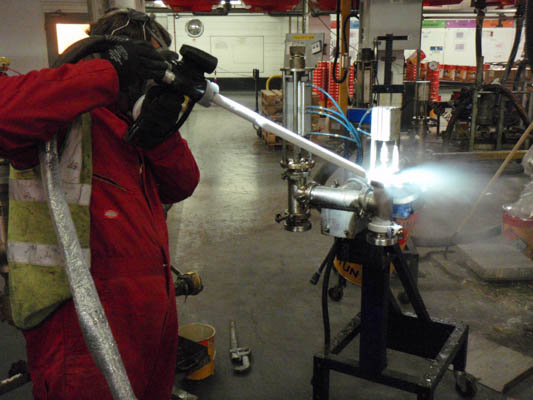
The advantage of this system is that the 'abrasive' evaporates on impact, so the only 'debris' is the material being removed. It is nearly 'dustless' - about as dustless as it is possible to get for an open blast system - however it will still blow cobwebs, birds nests, paint debris etc. fairly liberally!
The main disadvantage is the cost compared to alternative systems, in particular the raw ingredient dry ice evaporates when it is not used, so needs to be used rapidly. On a daily basis, dry ice will cost 50% more than sand jet cleaning, but for the first day of a job, i.e. the mobilisation cost, is about 100% more. The other issue with the evaporation is that we have to gauge how much CO2 we will need the day before the job - and indeed tomorrow's order needs to be placed before 11am today - so if we run out with a job 'nearly complete' at 3pm, it will be the day after next before we can get more dry ice to complete it. , unlike sand blasting where we just take plenty of sand - and if we don't use it, it goes back on the pallet.
It is used widely in the printing industry to clean print rollers, and for mould and weld cleaning.
Fire Damage
Dry Ice cleaning is often specified for fire damage restoration. And it must be said that it does do it very well - with soot rapidly cleaned from a surface leaving the surface clean. This example was in Derbyshire. It is typically assumed by customers, specifiers, builders, insurers and the like that because the dry ice is a 'clean' product, then this is the cleanest way of removing the soot. But... although abrasive isn't added to the mix, all that soot is going to go somewhere (see this video - of this same wall being cleaned soot from stone) and as a dry dust it can spread very effectively. Sometimes the damp grit of our sand jet machine can capture the soot, and make for a cleaner job - with little damage and a much lower cost.

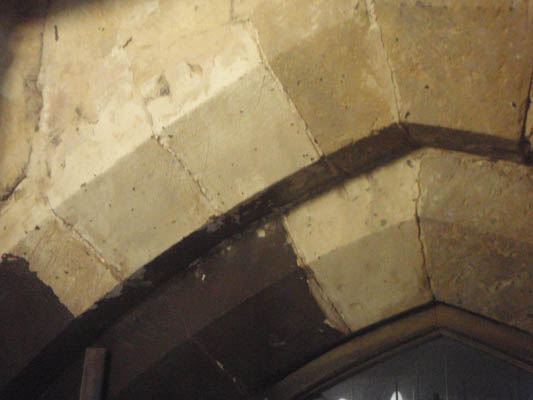
Machinery Cleaning - Cement

This poor bobcat had been used for a couple of years to unload cement at Hull Docks in East Yorkshire- and was due to go back to the leasing company! We were asked to trial cleaning it with dry ice. We made a considerable improvement (and this was only a trial!) Eventually though the contaminant gets cold enough that the thermal shock effect stops working - and the other issue (as here) is that moisture from the atmosphere starts to condense on 'cleaned' metal - and the contaminant can start to stick again - possibly better than before!
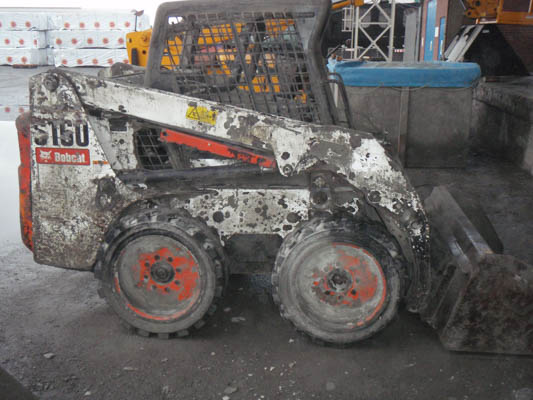
Paint from Stone
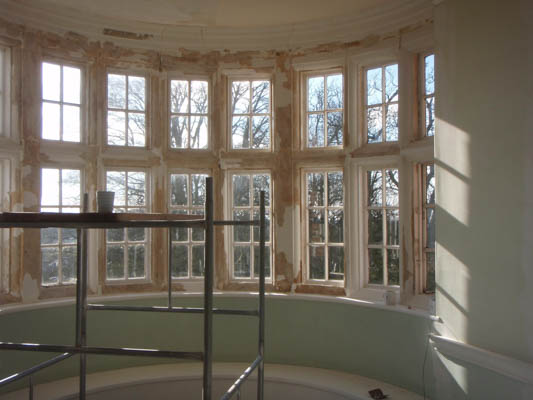
In this example we stripped lime based paints from this Grade I listed bay window in East Yorkshire.. Nominally the first pair of bay windows in the property - because this room was empty of all other items. The paint did come off the mullions, and the stone remained intact... but the flakes of lime paint did also get fairly liberally spread round the room!
Metal / Machinery Cleaning
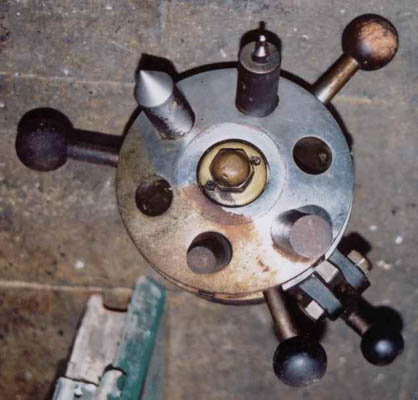
Degreasing of a Lathe capstan in Lincoln. The capstan retains its shin, smooth, chrome plating after cleaning - we can't achieve this with sand blasting
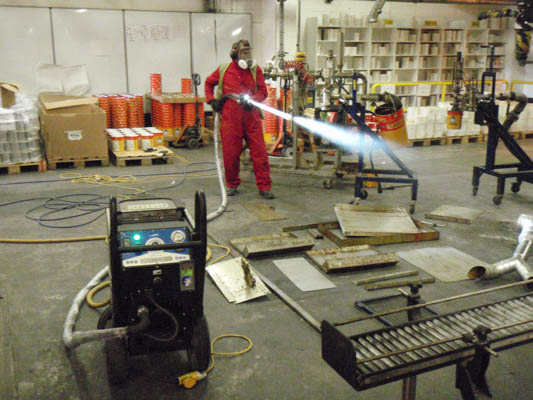
This (and the photo at the top of the page) are of us cleaning a paint packing machine a few years back in Nottingham. Over time paint had spilled onto the machine, and dry ice proved very effective at removing the product - the first time we tried it. However... a year later, we returned to clean the same machine a second time, and were much less successful! The reason was that the cleanliness of the first clean had left a very good surface for the paint to stick to... and it was stuck much better! So, for something like a machinery clean, it is worth considering a sacrificial layer of paint, varnish, or wax that can be applied post clean to provide a 'separation layer' in the future.
Marine Cleaning
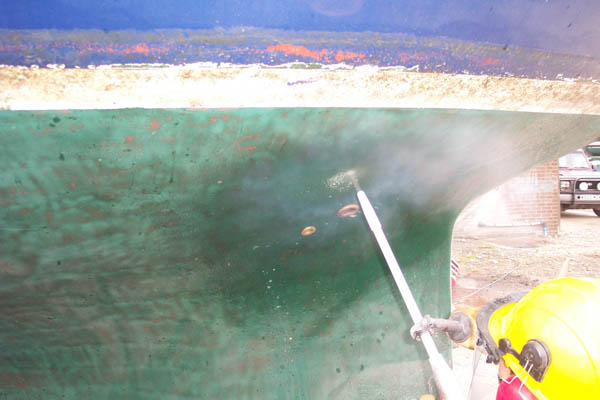
Dry Ice will successfully remove anti-foul from GRP boats - and was found in this trial to be very effective at bursting Osmosis blisters! It isn't cheap though - although the fun of popping this number of blisters by hand made it worthwhile!
Key Benefits
- A very 'clean' cleaning system, particularly when compared to Sandblasting or Water Jetting . Cleaning chemicals / abrasives do not contaminate the work surfaces.
- It is not a chemical process so no noxious or harmful slurries or fumes are generated.
- The system is regularly used indoors, but good ventilation is required as the room fills with CO2
- Considerably less mess than other systems.